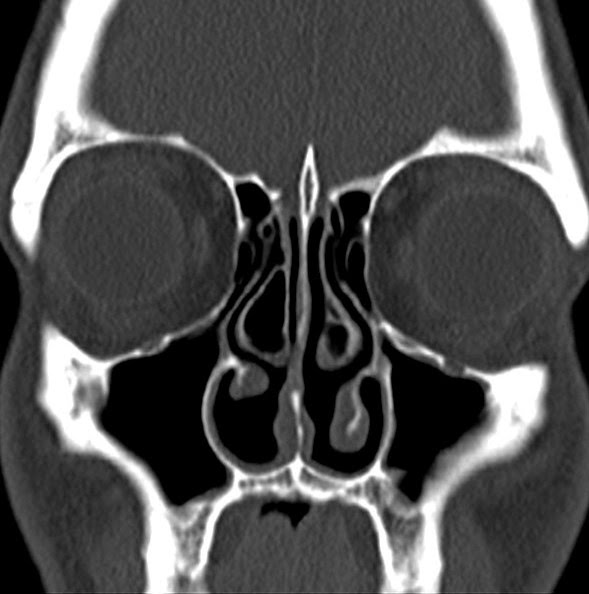
Men and women can undergo gender affirming surgeries to alter their sexual orientation. This involves transforming the skin and penis of a male or a female to make them more feminine or vice versa. Some procedures include a orchiectomy or an hysterectomy. Other procedures involve inversion of the skin and penis.
Hysterectomy
The surgical procedure of gender affirming surgery or hysterectomy (or gender changing surgery) is when a male is surgically transformed from a girl to a boy. Approximately 0.4% of the population is transgender. Transgender people can experience symptoms such as emotional and physical pain. While medical management is a common form of treatment, surgery is another option for transgender men. Some common surgical procedures for transgender men include hysterectomy and bilateral salpingo-oophorectomy. According to the American College of Surgeons National Surgical Quality Improvement data, only 3.3% of transgender people had hysterectomy in order to undergo a gender shift.
The concept of gender affirmation by hysterectomy is still new and evolving. In the past, hysterectomy was performed for medical reasons. However, coexisting gender dysphoria could have led to a decision to have a hysterectomy. Recent years have seen insurance providers begin to cover this procedure.

Orchiectomy
Orchiectomy is the procedure that removes the testicles. It is one of many first steps in a transgender individual's surgery transition. It removes the testicles and reduces the production testosterone, the male hormone. This surgery can reduce blood clot risks and simplify a patient's hormone regimen.
The procedure is relatively simple and can be done on an outpatient basis. The recovery time depends on the surgeon and the technique used. It can take anywhere from two to eight weeks. It can cost between $3000 to $10,000 in Australia, and may be covered under Medicare or private insurance.
Inversion of skin, penis
The inversion of skin and penis is one of the most popular methods of transvaginal surgery and is considered the gold standard of genital reconstruction for transgender women. It involves inverting the penis into a vagina in order to recreate the natural look of a woman’s vagina. The recovery process can take up to three to five hour and may take several days. A special dressing is applied to the vagina following surgery to keep the skin in its new place.
During the procedure a standard protocol must be followed. Aftercare instructions will be provided by the doctor to the patient. The medical team will give you a kit that can be used at home to follow up dilations. You will also get follow-up emails from your surgeon and appointments to follow up with them.

Time to recover
Post-surgery recovery is a critical component of gender-affirming surgery, which involves converting a male penis to a female one. The specific type of surgery will determine the length of the recovery period. It can take from four to eight weeks. A mastectomy is most commonly performed, but it's also possible to have a breast augmentation or vaginoplasty. Both procedures are best done after at least one week of rest. However, they can take as long as five to six weeks.
Gender-affirming surgeries aim to lower testosterone levels in the body. This procedure can reduce the need to take hormone-suppressive medication and estrogen therapy. It may also preserve the ability to have a child naturally. The time taken to recover from gender affirming surgery male/female varies depending on how the procedure was performed and how well the patient is doing.